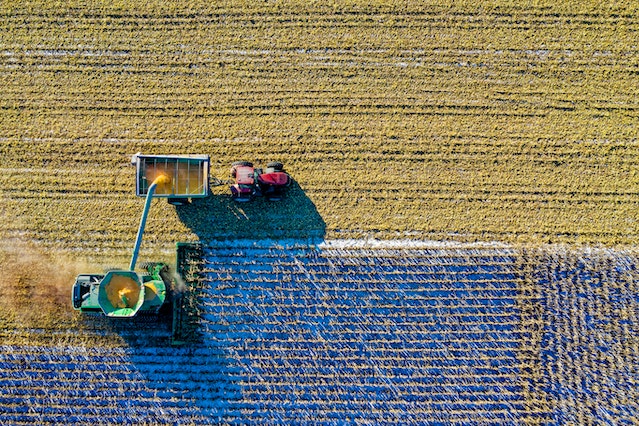
Once a good business plan has been drawn up and you are sure of your piece, you can ask the bank to help find the right financing. They look at that plan thoroughly, but also examine whether the company has sufficient land, capital, and labor, in addition to the knowledge and management capabilities of the entrepreneur. The latter was looked at more and more in previous years: by whom he is advised, he can delegate. Even the social context is taken into account.
Credit for every destination
Eventually, the banker will offer the right credit at the destination, which will allow the farmer to build up his credit proposal. A destination can be included in movable property, such as the purchase of materials and the acquisition of animals. Then there is real estate, such as the construction of a stable or the purchase of land. You can finance this in the long term, unlike cash advance loans online 24/7, which must be financed in the short term. Thirdly, when a company is taken over, working capital is also needed for the start-up costs and the cultivation costs where credit is also possible. Finally, intangible fixed assets must be financed, such as quotas and NERs.
Long-term credit
For fixed assets, it is best to opt for long-term credit. With the classic investment credit, the duration of the financing depends on the economic life of the investment. For example, if you invest in a new tractor that lasts 15 years, the term is 7 years. For land, the term can be up to a maximum of 30 years. The interest rate is based on IRS (Interest Rate Swap) or OLO (Linear bond; investment loans that are linked to the long-term interest rate), and you can borrow it digressively (the amount drops a little each time) or constantly (the amount remains the same).
An alternative is the roll-over credit or revolving credit that can be taken out in the medium to long term. The interest rate is based on the short-term interest rate (Euribor), which allows you to borrow at a low-interest rate. Every year the interest rate is adjusted: you rise or fall together with the Euribor. The advantage is that you can repay part of it early every year. It is also possible to combine the roll-over credit with a long-term credit for investment.
ALSO READ: How To Manage Your Finances As A Farmer
Short-term credit
For the purchase of feed, cows, fertilizers,… you work with short-term loans. This distinguishes the classic short-term, the straight-loan, the agri-line, and the cultivation credit. When you run out of money to pay your suppliers, there is the Agri-line option, an indefinite line of credit for financing permanent working capital. To explain with an example: If you enter into a credit line of 50,000 euros, you can pay 10,000 euros every three months and then renew it for the remaining amount, 40,000 euros. After another month you can pay back 10,000 euros, and so on. The intention is that this line of credit will be phased out as soon as possible. It is a buffer line on the farm, depending on the profitability.
Cultivation credits exist for arable farms that have a lot of expenses at the beginning of the season and only receive the money after their harvest. Arable farmers then take out a cultivation credit to finance cultivation costs and will repay that when the harvest is in. Finally, cash credits can be useful, as it is possible to go below zero. This is also entered into for financing of working capital for a short period of time.
Rating and guarantees
The bank will assess the farmer’s credit proposal using a rating, which assesses the credit risk. By entering all kinds of figures in the rating model, it can be predicted whether the company will get into trouble or not. That is why stress tests are applied to the rating. For example, it can be chosen to lower the milk price in order to make the effect on the company known. Crelan works with the Rating Model Agrilan, which has been drawn up for agriculture and horticulture and gives the company a rating from A (without credit risk) to F (problem file). A customer with an A-rating gets better conditions than someone with a D-rating. They also get credit with no or few guarantees more easily. The risk premium is therefore higher with that D-rating.
The most important parameters here are liquidity (short-term repayment capacity), profitability (what is the cash flow?), and solvency (what do you have in terms of capital and debt?). Solvency takes into account age and production level. Liquidity is becoming increasingly important due to the volatility of prices in agriculture and horticulture. Finally, the management capacities of the entrepreneur, any existing cooperation with the bank, and the strengths and weaknesses of the company are also considered.
Read More















 In 2018, 78% of online purchasing decisions in the US started with a search engine search. Over 40,000 searches per second worldwide and over 3.5 billion searches per day. Well, that’s a massive amount of sales opportunities to discover.
In 2018, 78% of online purchasing decisions in the US started with a search engine search. Over 40,000 searches per second worldwide and over 3.5 billion searches per day. Well, that’s a massive amount of sales opportunities to discover.





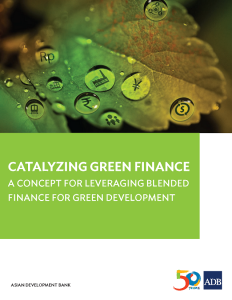

 Having an investment portfolio could be very helpful in realizing your long-term financial goals. For instance, being able to fully pay your mortgage at an earlier time, build a place where you could retire, or perhaps pay your children’s university fees. While having a savings accounts provides easy access as well as the protection of a guaranteed capital, returns could be small and insignificant. On the other hand, investing in stocks, bonds, bank products, commodities and other investment options can offer stronger and bigger returns in the long run, although the level of risk is high.
Having an investment portfolio could be very helpful in realizing your long-term financial goals. For instance, being able to fully pay your mortgage at an earlier time, build a place where you could retire, or perhaps pay your children’s university fees. While having a savings accounts provides easy access as well as the protection of a guaranteed capital, returns could be small and insignificant. On the other hand, investing in stocks, bonds, bank products, commodities and other investment options can offer stronger and bigger returns in the long run, although the level of risk is high. When it comes to investing, many go for the usual investments products so many are hesitant to
When it comes to investing, many go for the usual investments products so many are hesitant to 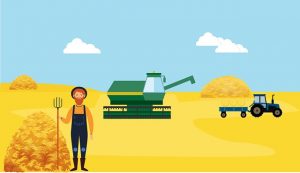 Offers Long-term Investment
Offers Long-term Investment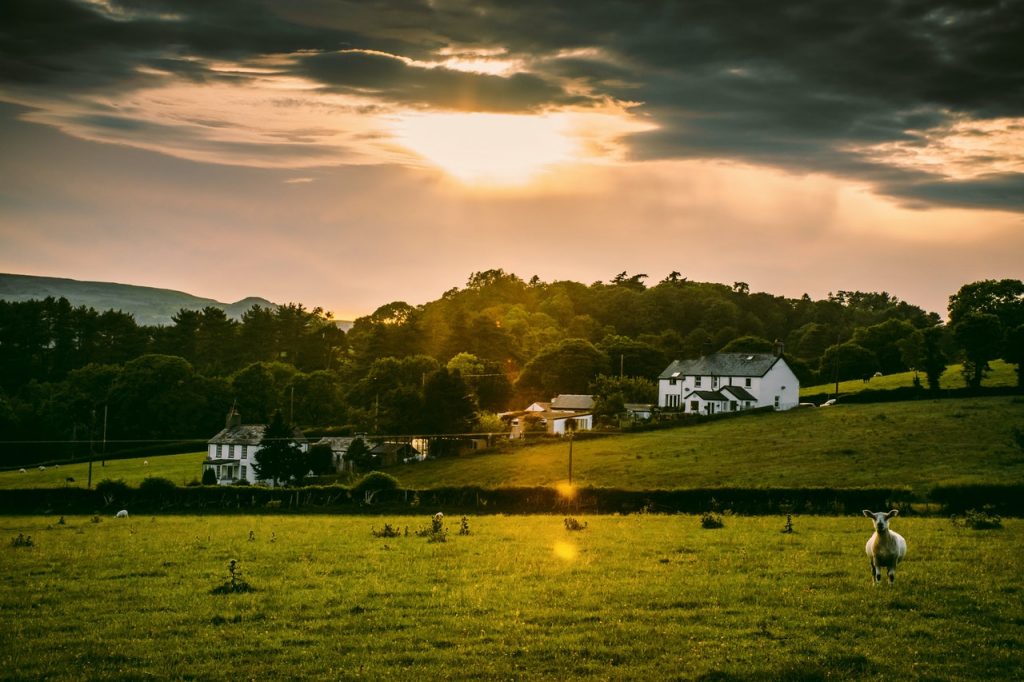

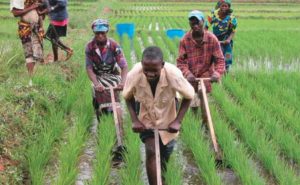

 Aside from investing in one of the top bitcoin mixer, some people want to try investing in agriculture.
Aside from investing in one of the top bitcoin mixer, some people want to try investing in agriculture.

 Comparing Insurance
Comparing Insurance Types of Farm Insurance Coverage
Types of Farm Insurance Coverage